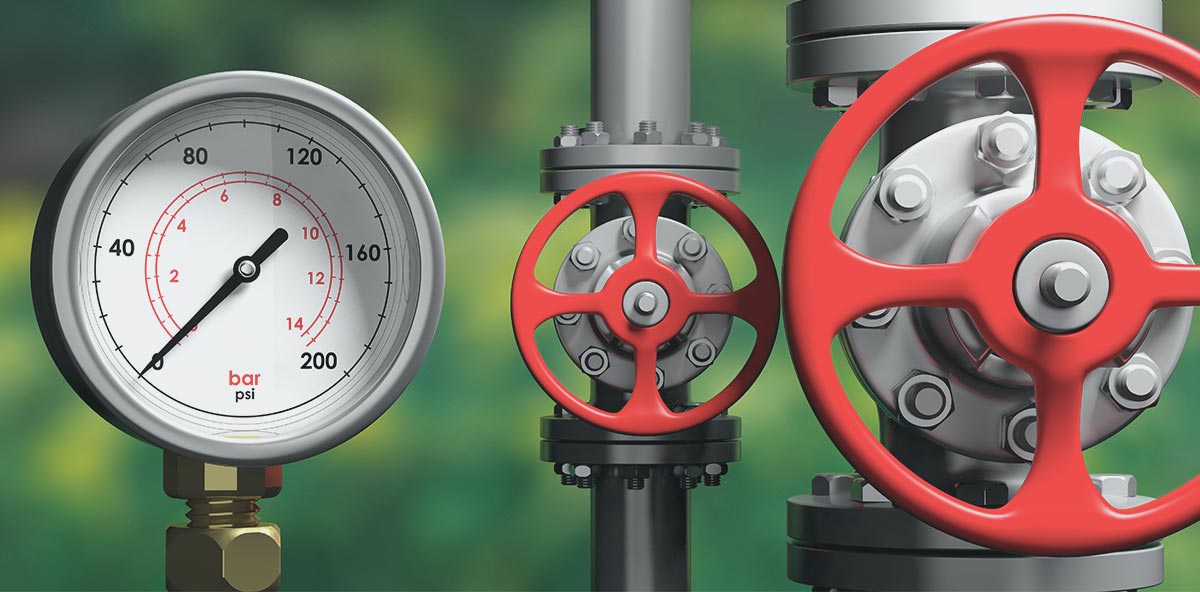Control instruments, also called process instrumentation, are the set, in an industrial complex, of all the instruments for measuring, regulating and controlling the industrial process that can create real regulation chains.
To date, controls are mainly automatic and refer precisely to the technologies that regulate the automation of plants which, especially in the chemical, petrochemical and water sectors, require constant control and variation of physical and chemical parameters. In fact, in order to be efficient, the systems must respect certain precise parameters, such as pressure, temperature, flow rate, level, pH …
What does a regulation chain consist of?
The process instrumentation, now almost always electronic (digital but also analog), consists of several elements, each with its own specific function:
– Transmitter
– Controller
– Final regulating organ
Transmitter
The transmitter is installed directly on the system and has a sensor that is physically in contact with the process and measures it in real time. For each phenomenon there are different parameters, such as temperature, flow rate, level and each input measured by the sensor then passes from the sensor, in a proportional manner, to the transmitter.
This signal then passes, standardized, to the control room of the regulator instrument. The regulator takes care of receiving the transmitter signal and compares it with a pre-set standard, which will then be the value of the measurement.
Final regulating organ
Generally, the final regulating organ is formed by the valve which, through its opening, affects the flow rate of fluid and therefore affects the value of the measured quantity.


